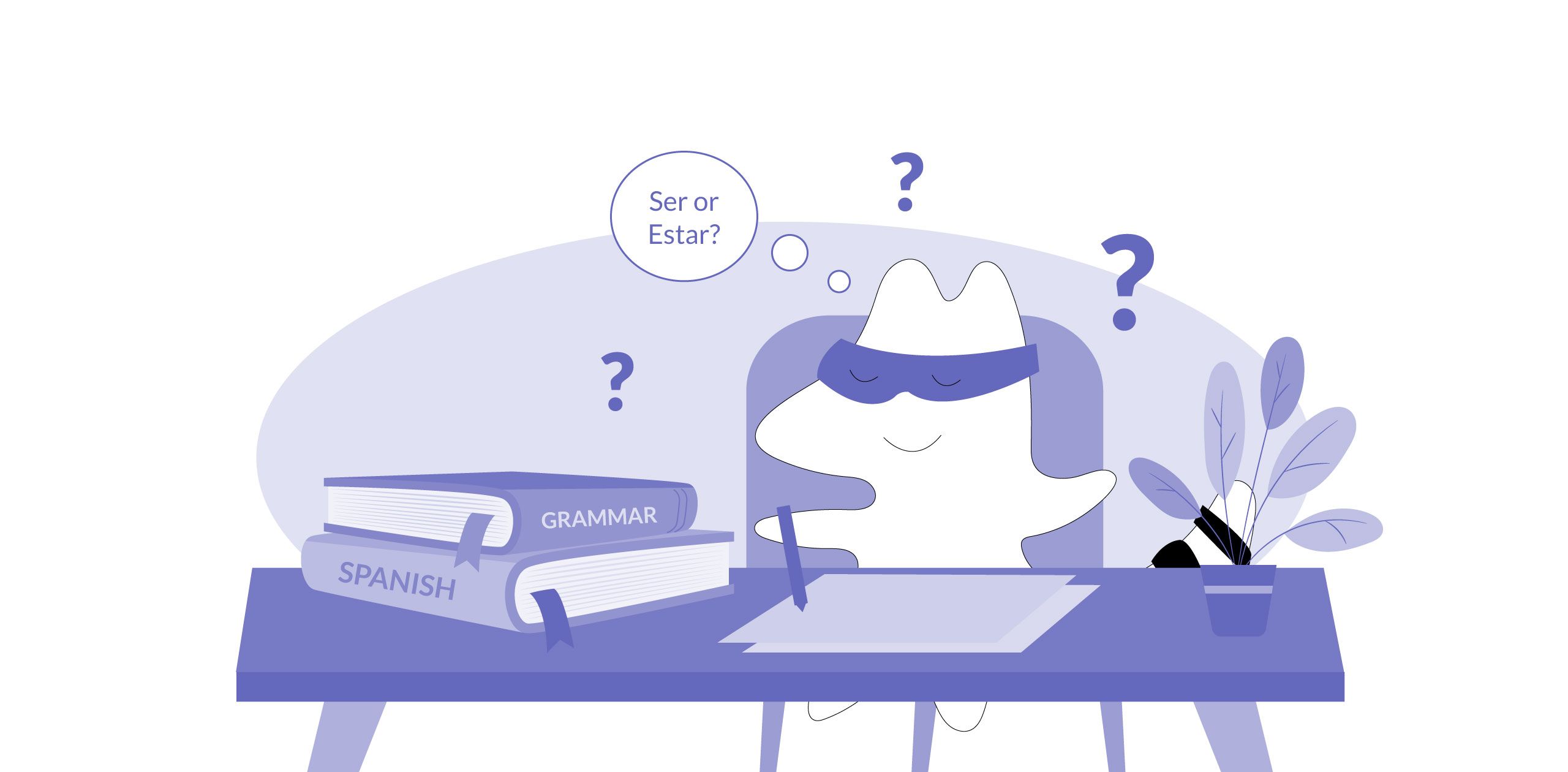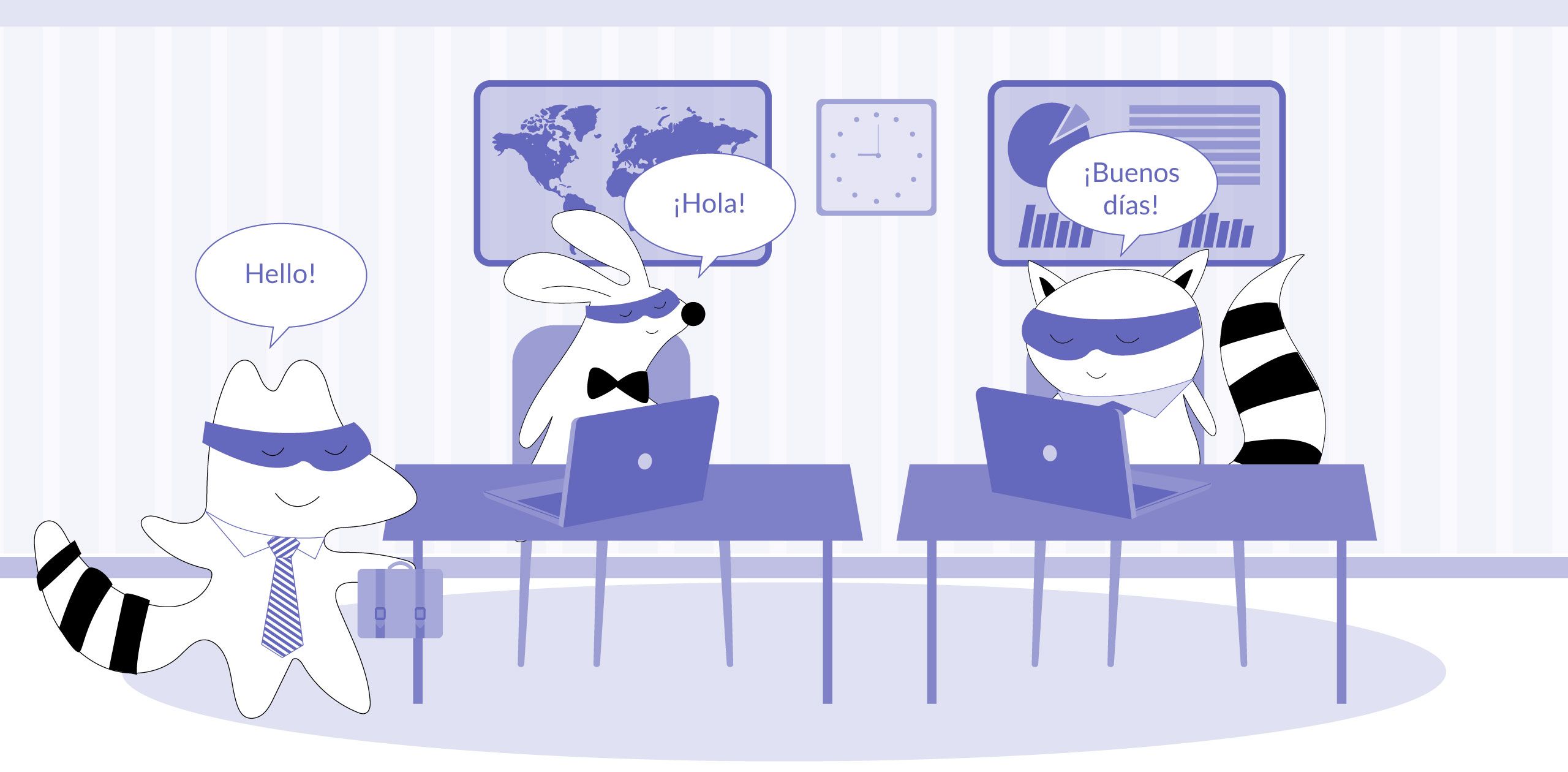
Spanish is one of the most popular languages in the world. It's spoken by over 550 million people across Spain, Latin America, and the United States. That makes it the fourth most spoken language after Mandarin Chinese, English, and Hindi.
If you're looking to learn Spanish for business or travel purposes, then it's definitely a great choice. Not only is it a useful language to have in your repertoire, but it's also relatively easy to learn compared to other languages.
There are many different ways to go about learning Spanish as a beginner. In this article, we'll explore some of the best methods, from online courses to textbooks to immersion programs. Below, you will find the essential information you need to know so you can start to learn Spanish online as a beginner. Let's dive in!
Learn Spanish with Langster
But First, Why Learn Spanish at All?
Before we get into the different methods of learning Spanish, let's first take a look at some of the most compelling reasons why it's worth learning this language in the first place.
Here are a few reasons that you should consider learning the Spanish language:
- It's one of the most widely spoken languages in the world. As we mentioned earlier, Spanish is spoken by over half a billion people across the globe. That makes it one of the most spoken languages worldwide.
- It's a useful language for both business and travel. If you want to do business in Spain or Latin America, then learning Spanish will give you a big advantage. It's also a helpful language to have if you work in a multicultural environment with native Spanish speakers or you're planning to travel to any Spanish-speaking country.
- Spanish is a fun language to learn. One of the best things about learning Spanish is that it's actually quite enjoyable. There are many interesting aspects to the language, from its colorful history to its rich culture.
- It can help you learn other languages. If you already know a Romance language like French or Italian, then learning Spanish will be a breeze. That's because these languages share many similarities in terms of grammar and vocabulary.
- It's not as difficult as you might think. Many people believe that learning Spanish is difficult, but that's simply not true. Sure, it might be a challenge at first, but even without prior knowledge of other foreign languages, you'll be able to master the basics pretty quickly with some dedication and practice.
- It can make you more marketable. In today's global economy, being bilingual is a huge asset. If you can speak Spanish fluently, you'll have a much better chance of landing a job in a competitive market.
- It can improve your cognitive skills. Studies have shown that learning a second language can actually help to improve cognitive skills such as memory, problem-solving, multitasking, and critical thinking.
- The Spanish language can enrich your life. Learning a new language can be a rewarding experience that enriches your life in many ways. It can help you to understand other cultures, make new friends, and even improve your career prospects.
As you can see, there are many good reasons to learn Spanish. Whether you want to use it for business or travel or simply want to enrich your life, learning Spanish is a great choice.
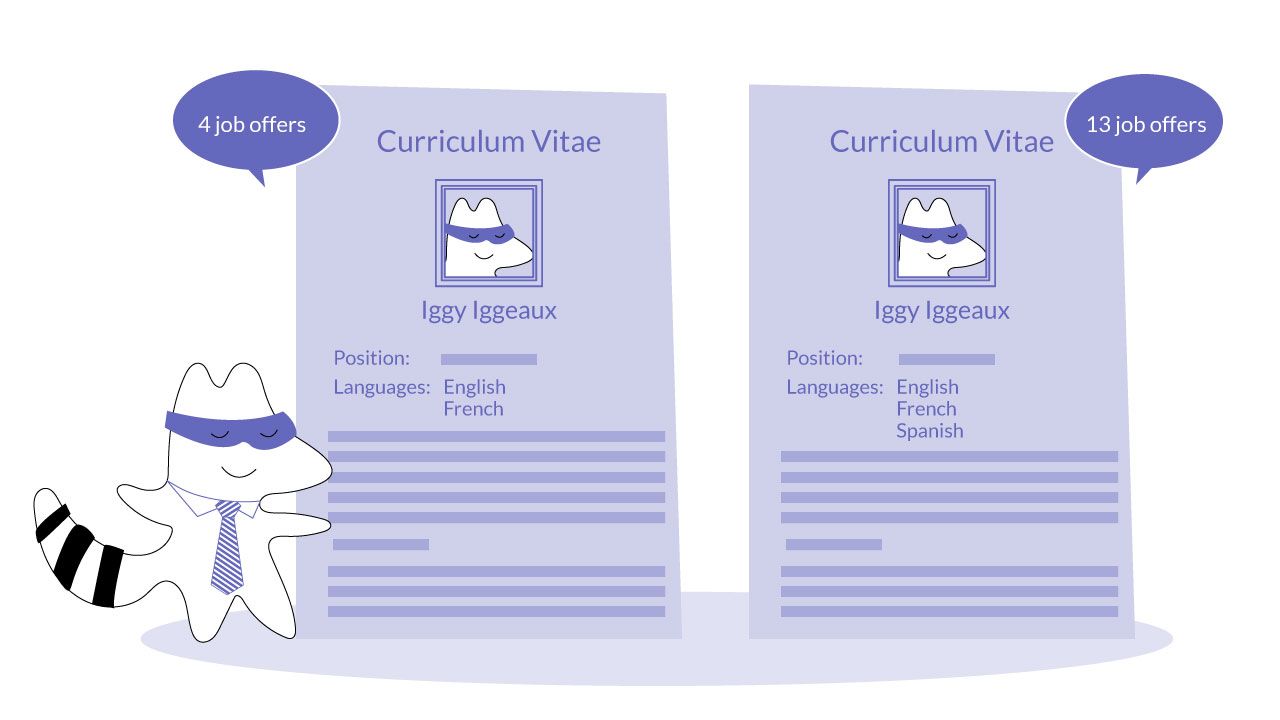
Castilian Spanish vs. Latin American Spanish: Which One to Learn?
Another thing you should be aware of, usually unobvious to absolute beginners, is that there are different types (dialects) of Spanish spoken worldwide. The two main types are Castilian Spanish and Latin American Spanish.
Castilian Spanish is the official language of Spain, and it's also the most widely spoken form of Spanish in Europe. Latin American Spanish, on the other hand, is spoken in all the countries of Latin America, as well as in the United States (especially in Texas, California, and Florida).
So, which one should you learn?
Well, it really depends on your goals. If you're planning to travel to Spain or live in a Spanish-speaking country in Europe, then learning Castilian Spanish would be the best choice.
If you're interested in Latin America or the United States, however, then Latin American Spanish would be a better option.
Of course, you can always learn both if you want to be completely fluent in Spanish. However, if you're just starting out, we recommend focusing on one form of the language first. After all, they are not so different to cause miscommunication.
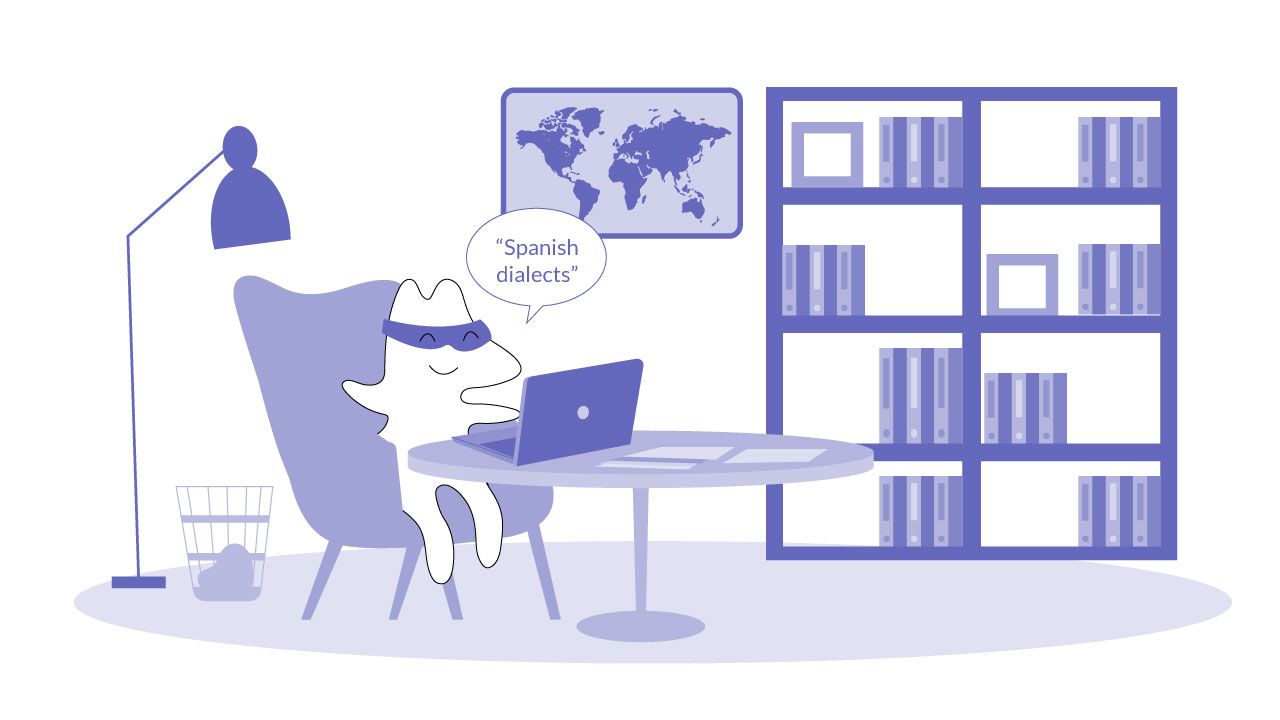
How to Learn Spanish: The Different Methods
To get the best results from the learning process and stay consistent with it, you should find the right learning method to suit your needs, expectations, budget, and schedule. Here are some of the most popular and accessible methods you can use to learn the language:
Online Courses
Learning Spanish online is a great option for those who want to learn this language but have busy schedules, limited access to in-person classes, or prefer the convenience and flexibility of online learning. Taking online Spanish classes can provide you with a structured and comprehensive learning experience that can help you improve your Spanish skills quickly and effectively.
Online Spanish courses typically include:
- lessons on grammar, vocabulary, and pronunciation,
- interactive exercises and quizzes,
- audio and video lessons,
- quizzes and tests to measure your progress.
One of the great things about online Spanish lessons is that you can study at your own pace and from anywhere in the world. You also have the flexibility to choose the right course to suit your needs, whether you want to focus on conversational Spanish, grammar, listening skills, or building up your Spanish vocabulary.
Furthermore, today, you can find plenty of free online Spanish courses and educational materials online, as well as YouTube tutorials to facilitate your Spanish learning process.
Some examples of great YouTube channels to get started include:
- Butterfly Spanish: run by a teacher who provides you with informative lessons on grammar, vocabulary, and pronunciation.
- Easy Spanish: which features interviews with native Spanish speakers from different Spanish-speaking countries and include English subtitles.
- SpanishPod101: it offers a range of Spanish lessons and resources, including vocabulary lessons, grammar explanations, and cultural insights.
- Senor Jordan: has videos that feature catchy songs and memorable skits that make learning Spanish more enjoyable.
- Why Not Spanish: covers a range of topics, from grammar and vocabulary to slang and idioms, and feature authentic Spanish content to help you immerse yourself in the language.
Language Learning Apps
Language learning apps are a great option for those who want to learn Spanish on the go or hone their language skills daily. There are many different apps available online, and they all offer different features.
Some of the most popular language-learning apps to improve your Spanish language skills include:
- Duolingo. This is a free app that offers a gamified approach to learning Spanish. It's a great option for those who want to learn at their own pace and have some fun while doing it.
- Babbel. This app offers bite-sized lessons on grammar, vocabulary, and conversation. It's perfect for those who want to fit Spanish learning into their busy schedules.
- Busuu. Busuu is an app that offers both free and paid courses in Spanish. It's a great option for those who want to practice Spanish with the guidance of a tutor or take their learning to the next level with certification courses.
- Langster. Our Langster app turns fun, short stories into language lessons. It provides grammar explanations along with the text, which makes it the best companion for listening, comprehension, and vocabulary training.
Spanish apps are a great option for those who want to learn Spanish in a fun and convenient way. They're also perfect for those who want to learn on the go.

Textbooks
Another popular way to learn Spanish is by using textbooks. Textbooks are ideal for students who want a more traditional learning experience. They typically include:
- lessons on grammar rules, new Spanish words, and pronunciation,
- exercises and quizzes to practice what you've learned,
- audio recordings of dialogues and exercises,
- answer keys and explanations for all exercises and quizzes.
Textbooks are a good choice if you want a more structured approach to learning Spanish and want to be able to track your progress. They're also great for self-study. Here are some examples:
- "Spanish Grammar in Context" by Juan Kattán-Ibarra and Angela Howkins, which also includes contextualized examples to help you understand how the language is used in real-life situations.
- "Madrigal's Magic Key to Spanish" by Margarita Madrigal: a simple, step-by-step approach to learning Spanish, with practical exercises to reinforce learning.
- "Practice Makes Perfect: Complete Spanish Grammar" by Gilda Nissenberg: where you'll also find a glossary of grammatical terms and a series of practical dialogues to help you practice speaking and listening skills.
Private Tutors
Another option for learning Spanish is to hire a private tutor. Private tutors can provide you with customized lessons based on your level and help you stay consistent with the process.
A Spanish teacher will also answer any questions you might have about the language, and finding a native speaker to teach you will also allow you to learn more about Spanish culture.
Private tutors typically charge by the hour, which can be a bit more expensive than other methods. However, they can be a good option for those who want extra support or who want to study Spanish in the most accurate way possible.
Language Exchange Partners
Having a language exchange partner is an excellent way to practice speaking Spanish and improve your overall language skills. By interacting with your partner, you'll get real-life practice with the language and gain confidence in using it.
The concept of language exchange is based on the idea of helping each other learn a language. In a language exchange, you practice speaking Spanish with someone who wants to practice their English. This creates a mutually beneficial situation where you both get to practice speaking in a foreign language and receive feedback on your pronunciation and grammar.
Language exchange partners can be found online or through Spanish Meetup groups. Be sure to find someone who has a more advanced level of Spanish than you – preferably a native speaker – so that you can both benefit from the experience.
Immersion Programs
If you really want to learn Spanish, then an immersion program is the way to go. Immersion programs place you in Spanish-speaking countries so that you can learn the language naturally through interaction with native speakers.
This type of program typically includes:
- intensive language classes,
- homestays with native speakers,
- cultural activities and excursions.
Immersion programs offer a unique and total learning experience that is not available through other methods. They're perfect for those who want to learn Spanish quickly and effectively – you can get from beginner status to an intermediate Spanish speaker in just a couple of months!
No matter your chosen method, you’ll see that learning Spanish can be a fun and rewarding experience. With so many different resources available, there's no excuse not to start learning Spanish today!
The Bottom Line
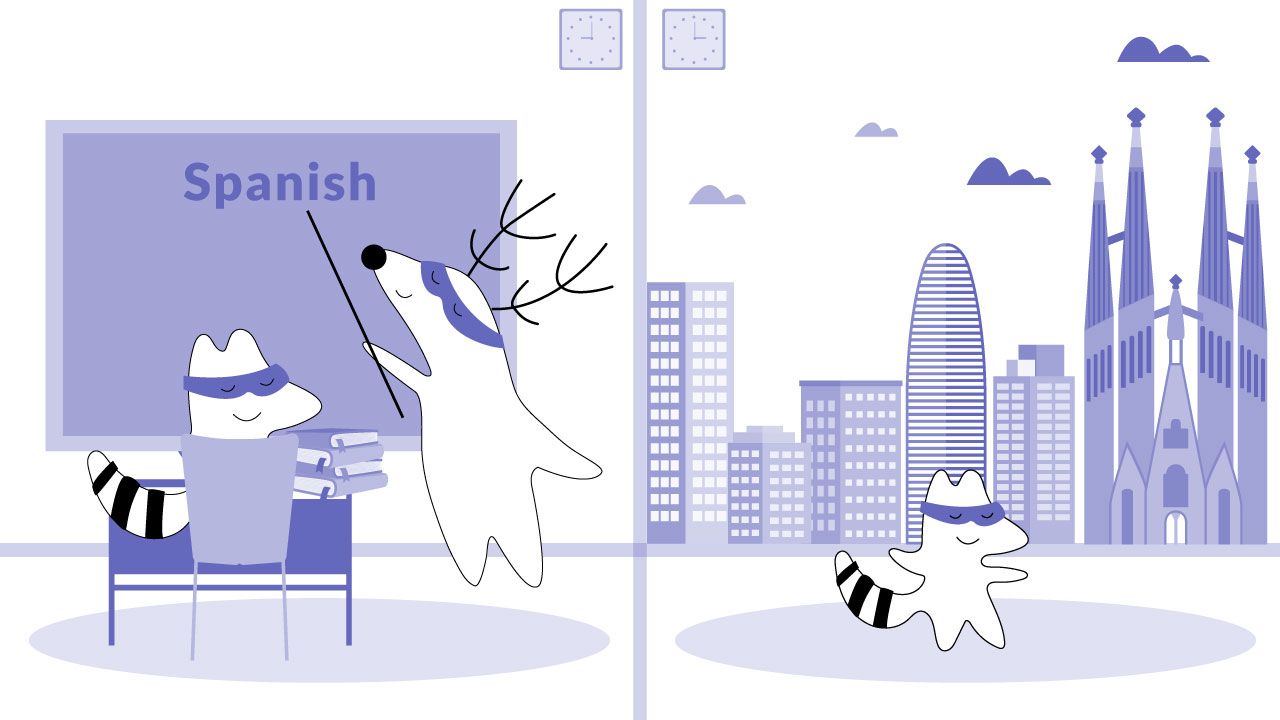
Learning Spanish doesn't have to be difficult or expensive – no matter what your learning style is, you're sure to find a method that works for you. In this article, we've explored some of the most popular methods for learning Spanish as a beginner, from online courses to textbooks to immersion programs.
Choose the right method for you, and be patient with yourself- you won't be able to learn each Spanish word at the beginning, but you can try! The most important thing is to start your journey and soon you'll become fluent in Spanish!








